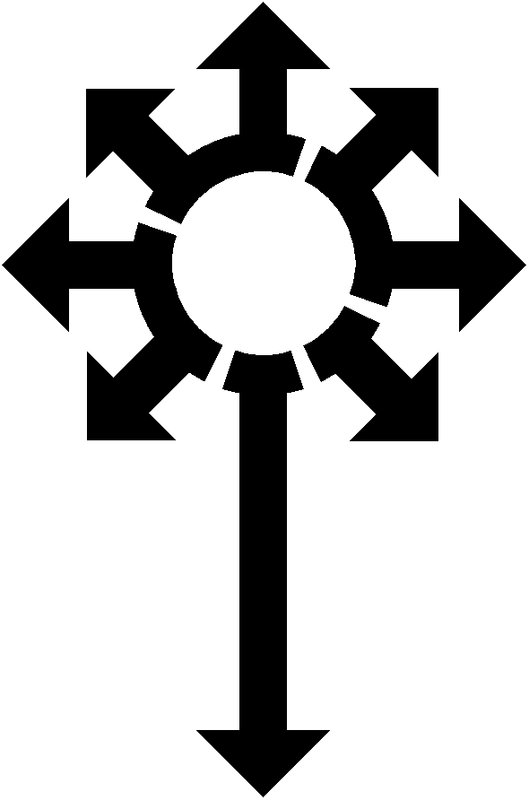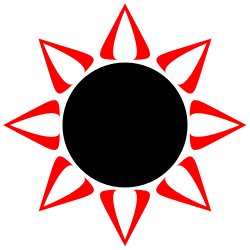The Frozen Forest wrote:Braddon Industries wrote:In terms of culture, can we make something completely up, or does it have to have some sort of similarity with the actual cultures?
I think that was mentioned in the Divergence part of the Regulations post. Basically, some things you would need to have similar just based on geography (Like Rice being important in Asia, and no horses in America) but he heavily implied you could make your own cultures within limits.
Thanks.














